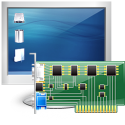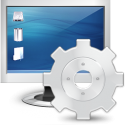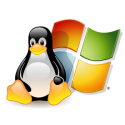
The Fedora Project released version 16 of their distribution today, code named “Verne”. Among the many new features are Kernel 3.1, Gnome 3.2, KDE 4.7.2, better cloud computing integration and support for Grub2.
Although Fedora 15 failed to impress in my Switching To Linux Series, I am still open minded towards all new distributions and I will test this new release shortly.
The downloads can be found on fedoraproject.org. But, as always on release days, the downloads are a bit slow. Fedora comes in many flavors, called “Spins”. So if you don’t like Gnome, you can chosse KDE, LXDE or XFCE






